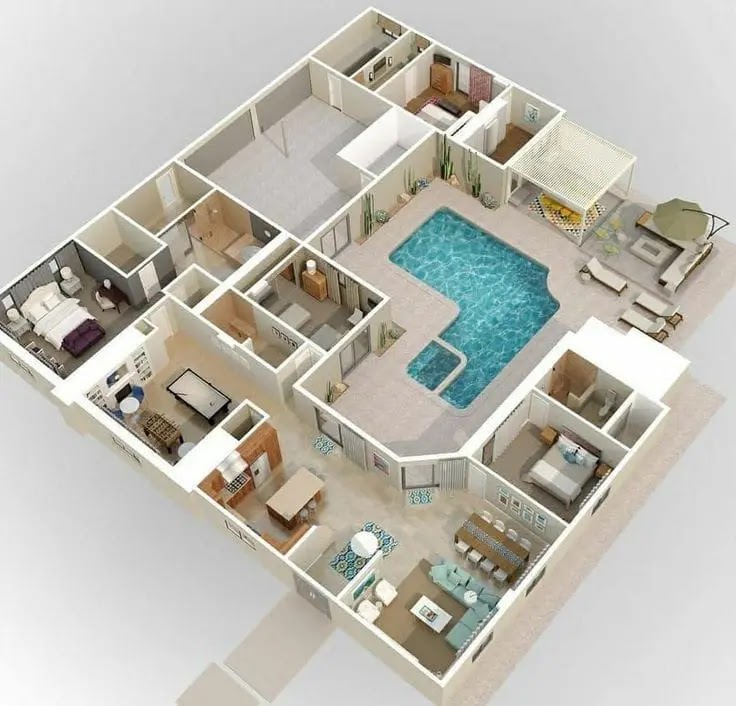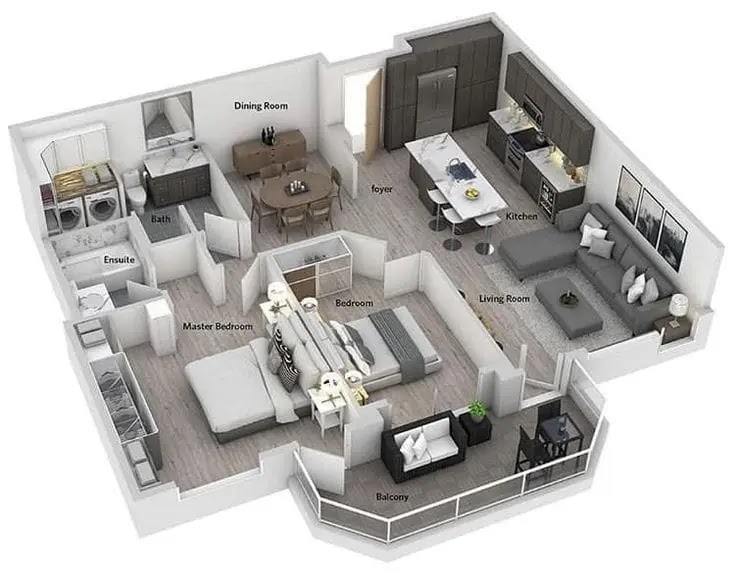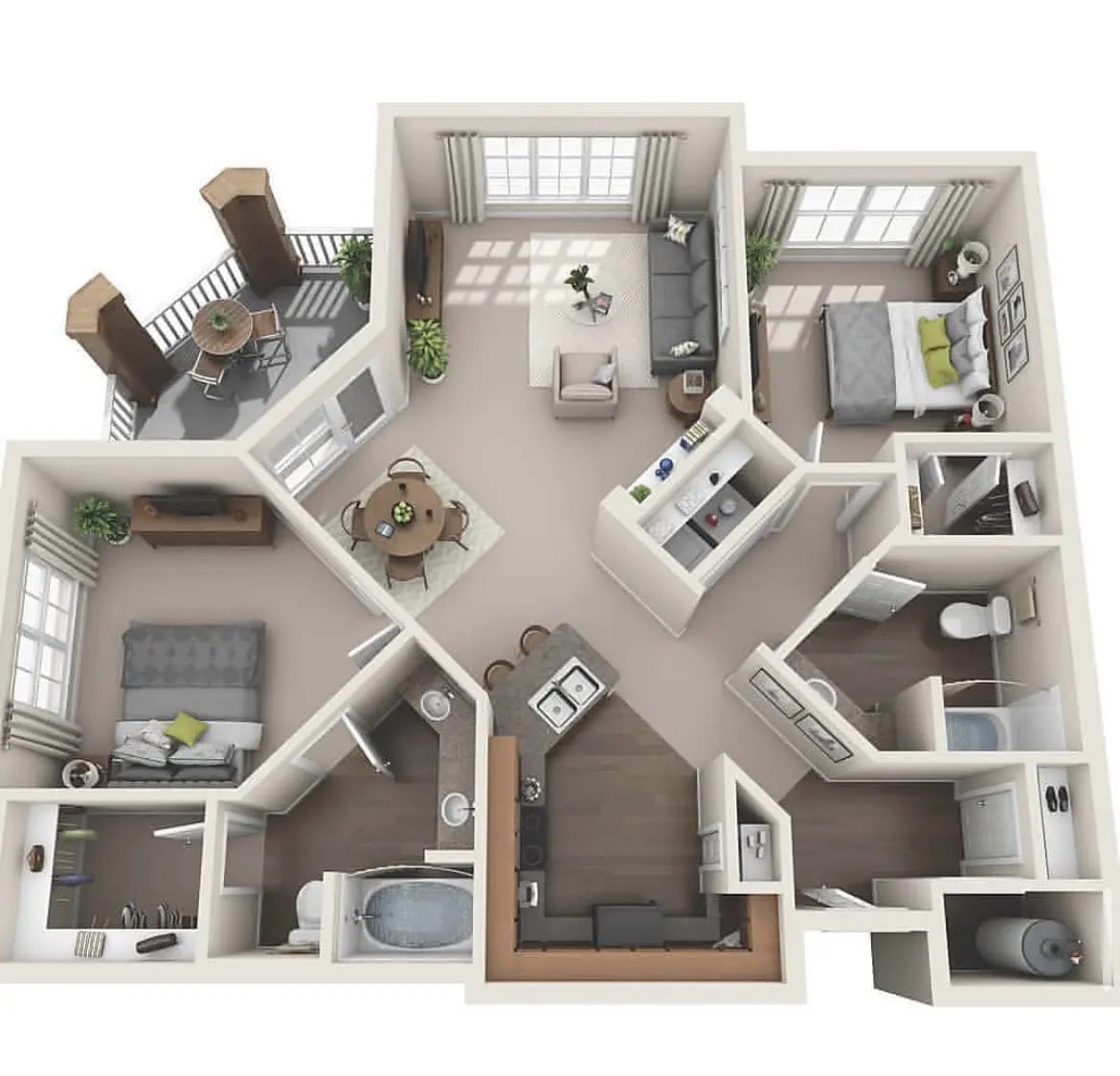Designing homes involves a complex process that requires architects to consider numerous factors such as aesthetics, functionality, durability, safety and sustainability. The principle of "form follows function" is one of the most important rules in house design where every design feature should serve a purpose related to the intended use of space.
Efficient designs that maximize utility by minimizing waste through optimal utilization features are crucial. Architects prioritize natural lighting when designing bedrooms using windows oriented towards sunrise while avoiding streetlights for better sleep quality. Proper occupant circulation flow, placement of stairs and furniture arrangements make everyday living safer & more efficient.
Utilizing technology combined with energy-efficient materials ensures sustainable development by considering longevity and affordability to avoid premature obsolescence increasing lifespan capability affording regular replacements avoids financial burden.Property ventilation directly impacts occupants' mental health besides physical health being strategic about airflow patterns including strategic cross-ventilation measures maximizing natural airflows indoors alongside incorporating plants enhances overall aesthetics appealing while reducing carbon dioxide levels improves breathing environments improving productivity
Proper organization amongst internal spaces including a well-lit shaded outdoor area helps occupants segregate their activities providing open-air green spaces for recreational purposes encouraging relaxation whilst aiding indoor lighting plans due to seeping natural light availability.Filtered feedback frequent reevaluation ensures constant improvement in architecture resulting in wholesome satisfying results for clients depending on thoroughly thought-out architectural plans adhering to stipulated regulations ensuring safe spacious living from trusted artistry .
Here is a collection of ideas for wonderful designs for homes, organizing spaces, and distributing spaces:

.png)





















